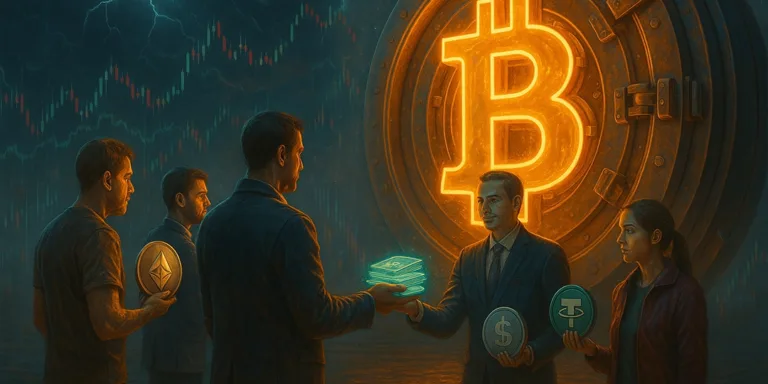If you have been around crypto for some time, then the following phrases ‘To the moon’, ‘we are all gonna make it’ should not be something unfamiliar. However, if you’re a newbie, welcome to the world of crypto, where whales swim in liquid markets, and candlesticks sit on charts, and not on dinner tables. In this article, we will be discussing how bad actors scam people by acting legit. The scammers use different tactics to steal money from people; however, in this article, we will see how a rug pull is conducted.
What is a rug pull?
A rug pull is a type of scam where the developers abandon the project suddenly after withdrawing all the liquidity or funds and leaving investors with worthless tokens. So, how do they do this?
Building the illusion of a promising project
Just like a great product sitting on a shelf needs marketing to sell, a brilliant blockchain or token with real utility still needs visibility. The best tech doesn’t win — the best-known one does. Marketing is what creates community, hype, and momentum — without it, you’re building in a vacuum.
To amp up the excitement in the community, the scammers create flashy websites, whitepapers full of jargon, and social media accounts that mimic real projects. They may even pay influencers or bots to post fake excitement. Buzzwords like “next 100x,” “AI-powered DeFi,” or “Web3 revolution” are among the popular words used to lure people in. Additionally, they make fake audits, fake team photos, or unverifiable roadmaps to make it look more legit, and support it with Telegram and Discord groups, which simulate community engagement.
Creating the trap during the launch phase
Once the website is ready, the whitepaper is convincing, and the social media channels are buzzing with excitement, the scammers then launch the project on a decentralized exchange. They pair it with a valuable and reputable coin like Ethereum, BNB, or USDT to make it look more legit and to add value to their token. On top of that, pairing also lets crypto users easily buy and sell the token on DEX, enhancing liquidity.
FOMO kicks in after the token is live
Once the token is live, scammers generate hype and urgency. They create FOMO (Fear of missing out ) and might use words like a ‘limited-time’ launch, ‘time is running out’, ‘don’t miss out’. To complement their fake FOMO, they use bots or fake accounts that simulate buying pressure, which is called wash trading. However, as the charts keep creeping up, the scam project’s developers are up to no good.
The rug pull setup
Behind the scenes, the scammers have already pre-minted a large portion of the token supply for themselves. These are often stored in “insider wallets.” These wallets can dump (sell) their tokens at any time. As the token price rises due to real buyers coming in, the insiders are in a perfect position to sell high.
When the stage is set– trading volume is high, buying pressure is increasing, price soaring, and people have taken the bait of missing out on profits, the fraudsters dump the token into the open market, selling at a higher rate.
The dumping process
The dumping process is quite clever, as the fraudsters go incognito to avoid triggering red flags or getting flagged by blockchain watchers like Whale Alert or DEXTools. In order to avoid getting flagged by these watchdogs, the scammers often split the tokens across multiple wallets so that they look like normal holders or community members. This makes it harder to detect that the devs are behind the selling. Sometimes they dump all at once, especially in low-cap memecoins — this leads to an instant crash. Other times, especially in “slow rugs”, they sell in waves during hype moments. Although the act is malicious, this isn’t illegal by default.
The silent exit
Once the scammers have successfully drained the liquidity or dumped their tokens, the final step is to disappear without a trace. Those buzzing Telegram/Discord groups once flooded with comments are deleted or locked, cutting off all communication. The project’s Twitter (X), website, and GitHub vanish — domains expire, links break, or posts vanish into thin air. Team members (often fake personas) go completely dark, deleting profiles or going inactive, and sometimes even a DNA test might fail, while remaining admins or mods either leave or claim ignorance.













